Back to Courses


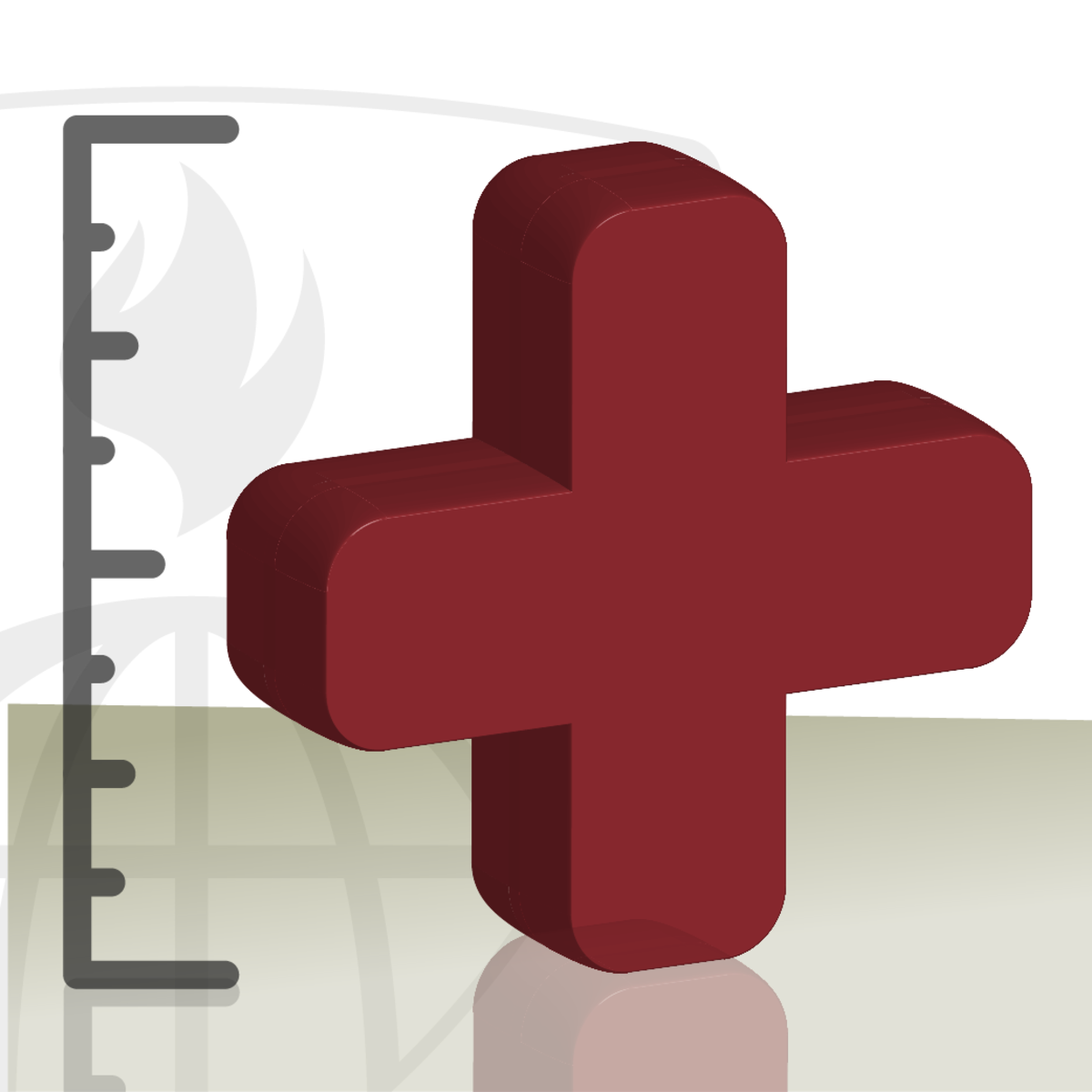
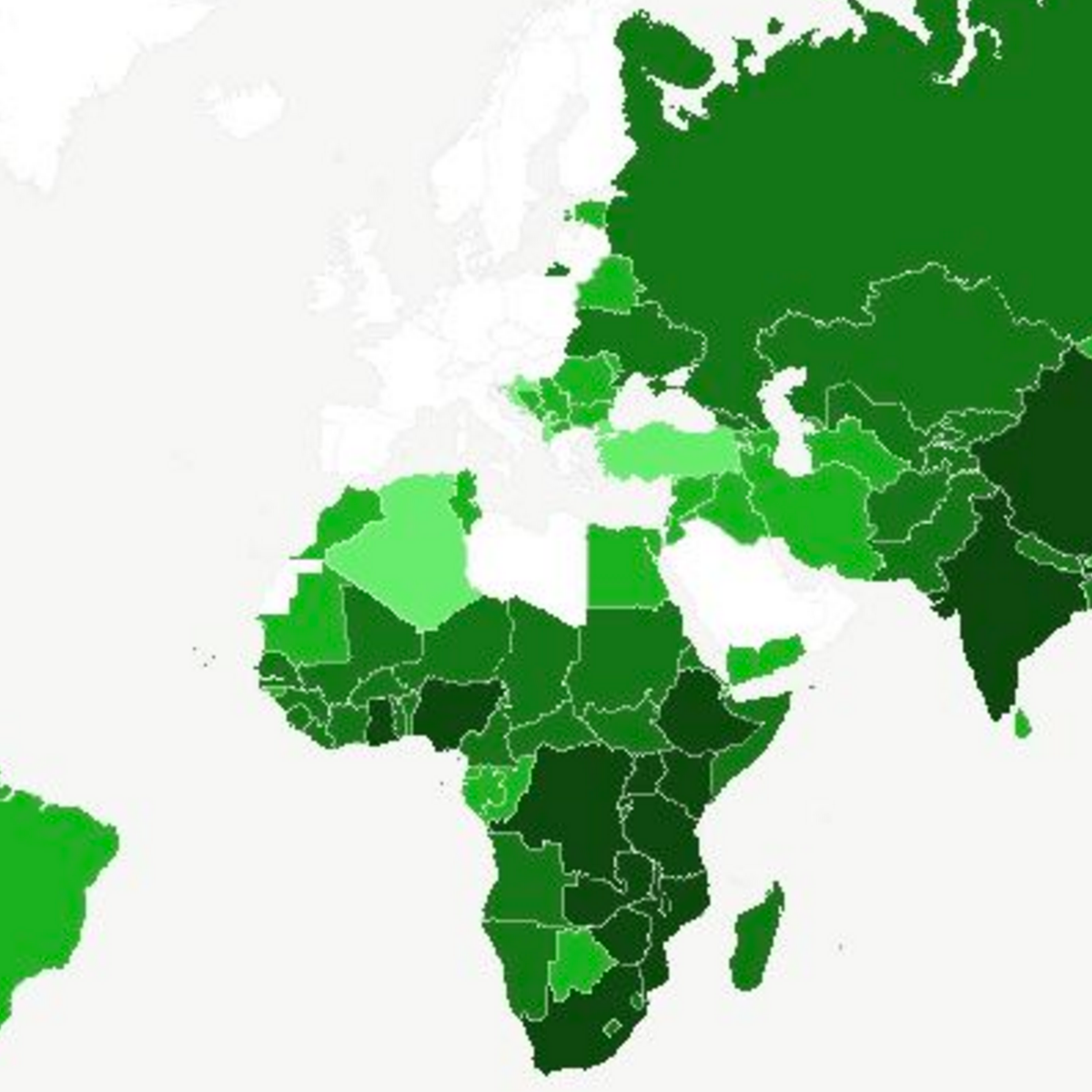
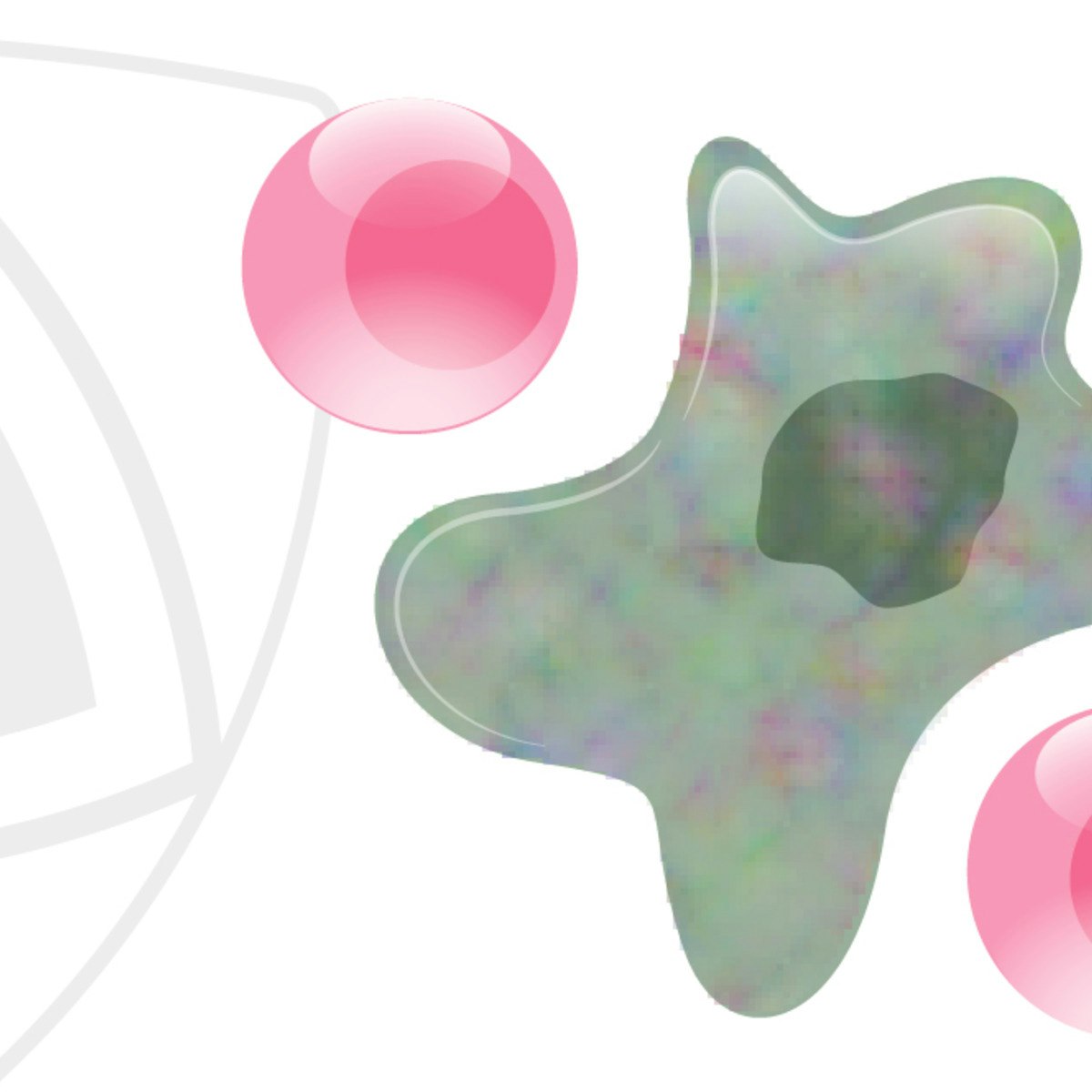
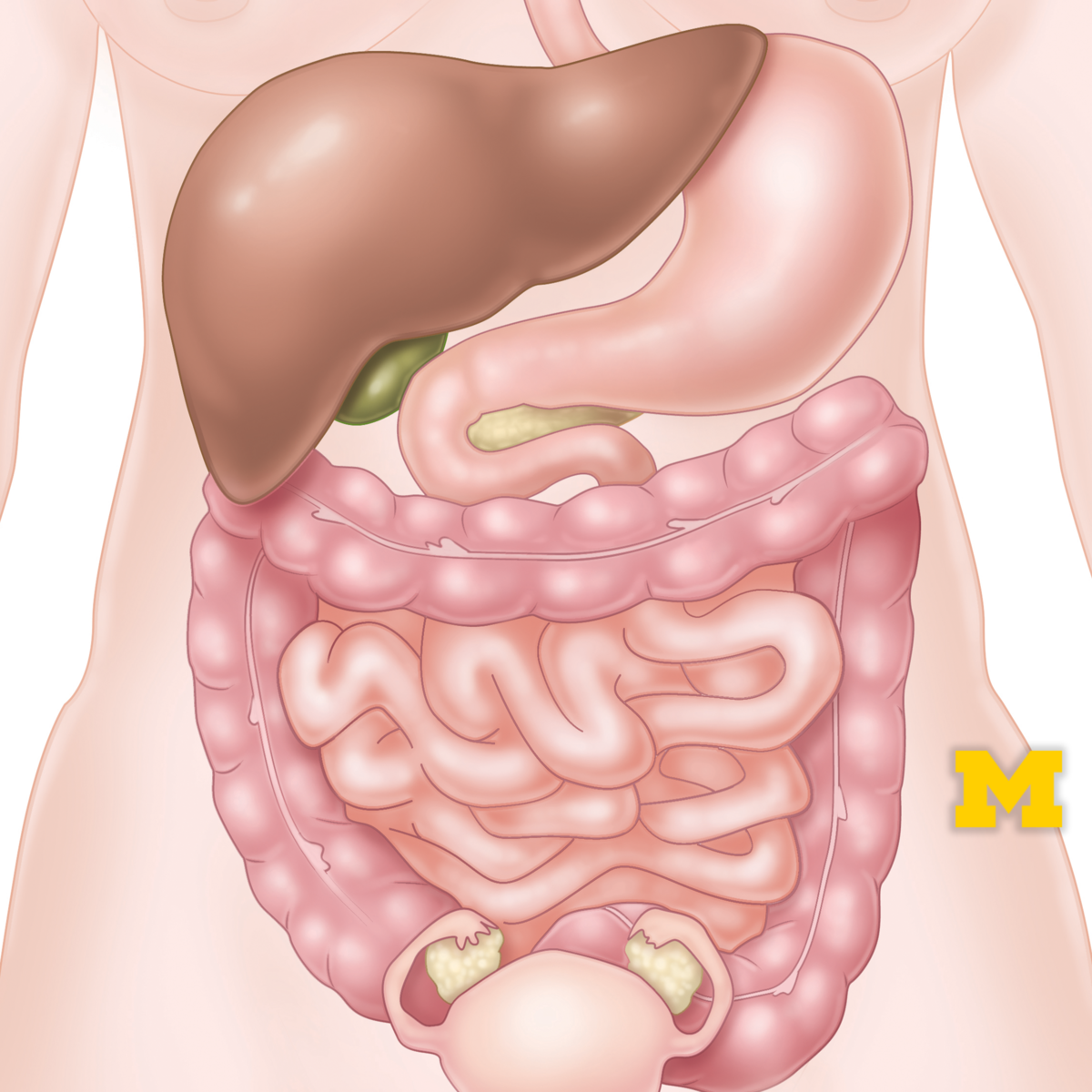


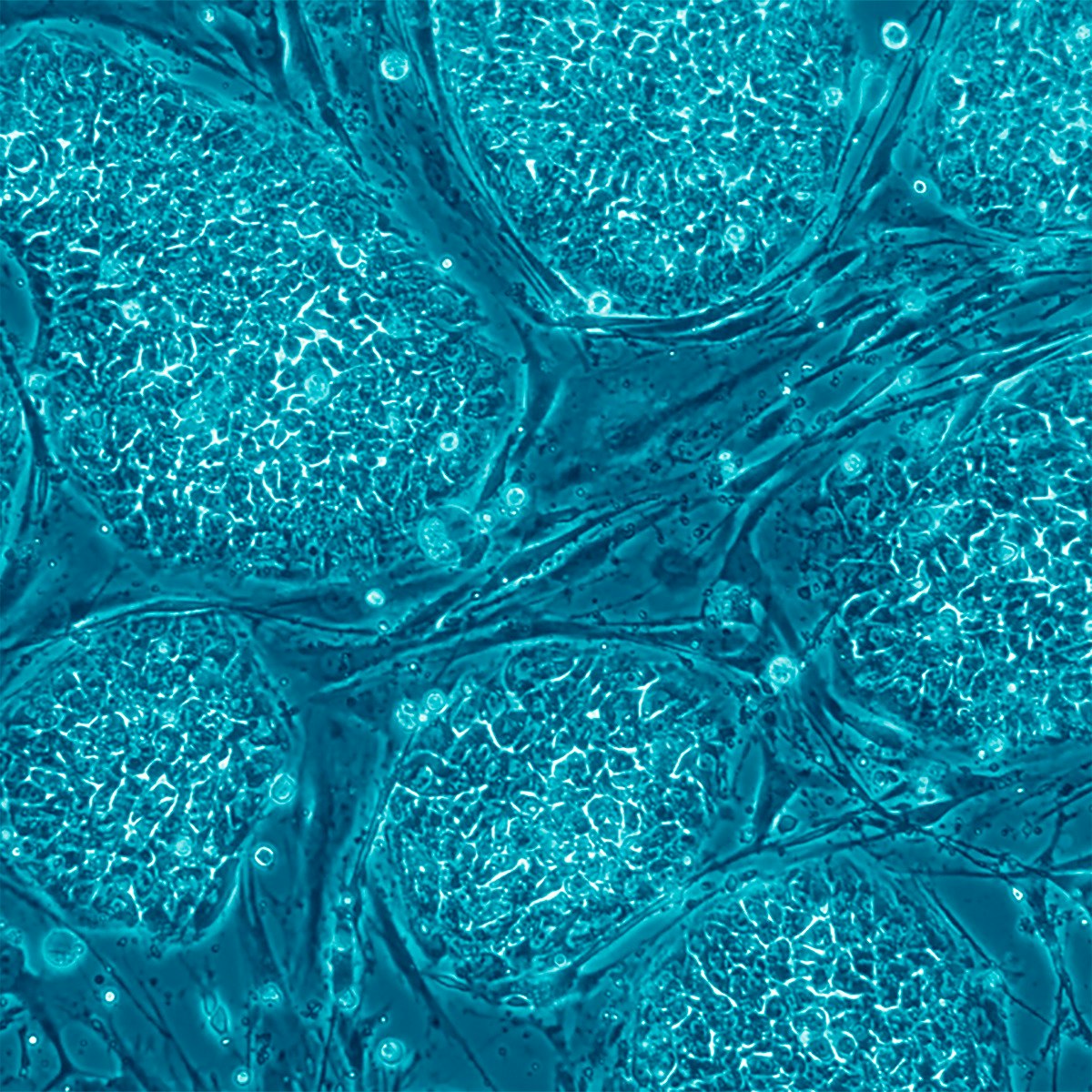
Life Sciences Courses - Page 38
Showing results 371-380 of 644

Biology Meets Programming: Bioinformatics for Beginners
Are you interested in learning how to program (in Python) within a scientific setting?
This course will cover algorithms for solving various biological problems along with a handful of programming challenges helping you implement these algorithms in Python. It offers a gently-paced introduction to our Bioinformatics Specialization (https://www.coursera.org/specializations/bioinformatics), preparing learners to take the first course in the Specialization, "Finding Hidden Messages in DNA" (https://www.coursera.org/learn/dna-analysis).
Each of the four weeks in the course will consist of two required components. First, an interactive textbook provides Python programming challenges that arise from real biological problems. If you haven't programmed in Python before, not to worry! We provide "Just-in-Time" exercises from the Codecademy Python track (https://www.codecademy.com/learn/python). And each page in our interactive textbook has its own discussion forum, where you can interact with other learners. Second, each week will culminate in a summary quiz.
Lecture videos are also provided that accompany the material, but these videos are optional.

Foundations for Global Health Responders
Around the world, we are increasingly socially and economically interdependent. Health on one side of the globe affects people on the other. Global health, once merely an ethical consideration, now dominates discussions and policies of global security. A diverse team of experts in this emerging field has come together to help you contextualize your experiences as a new or seasoned global health responder.
By the end of this course, you will be enlightened about the changing world you live in, and have a much better understanding of the machinations on how organizations and governments are striving to improve health worldwide. You'll also learn how to keep yourself safe and be a savvy participant in the global health arena. You'll be prepared to travel and to take your skills to chronic/emergent situations and help respond to the pressing needs while participating in global health activities throughout the world.
Week one will serve as an introduction to global health concepts with a look at changing trends in the 21st century; urbanization, environmental stress and resource scarcity. During week two, we will dive into global health security: food, water, energy, and the threats of a changing climate. Week three will cover the global burden of disease, infectious disease, the rise of non-communicable diseases, mental health, and access to care. During week four, we will learn about the stakeholders in global health: NGOs, governments, non-state actors; understanding where the money comes from, how it is allocated and the challenges of measuring results; human rights: what are they and how are they protected? During week five, we move onto complex humanitarian emergencies: forced migrations, wars, response standards, and the legal basis for interventions. Finally, during week six, we will end our course by learning how to be an effective participant--caring for yourself: pre-travel preparation, understanding risks when traveling outside your home country, and physiologic vulnerability.
This course also serves as a prerequisite to the hands-on 'Global Health Responder' certification from the University of Colorado School of Medicine. If you're interested in taking this 3-day hands on course-- offered throughout the world-- please go to coloradoWM.org or email our administrator: marisa.burton@ucdenver.edu.

Climate and Climate Change in New Jersey
Welcome to the American Museum of Natural History's (AMNH) primer called Climate and Climate Change in New Jersey! This primer includes numerous elements that will provide you with an understanding of our climate system and climate change in New Jersey, and encourage you to think about viable solutions for climate change impacts. It is divided into four parts, which may be completed sequentially as it was designed or in your sequence. We estimate that it will take approximately 2.5 hours to complete. We are also happy to inform you that you can receive 2.5 professional development hours and a Certificate of Attendance upon successful completion of this course.

Summary Statistics in Public Health
Biostatistics is the application of statistical reasoning to the life sciences, and it is the key to unlocking the data gathered by researchers and the evidence presented in the scientific literature. In this course, we'll focus on the use of statistical measurement methods within the world of public health research. Along the way, you'll be introduced to a variety of methods and measures, and you'll practice interpreting data and performing calculations on real data from published studies. Topics include summary measures, visual displays, continuous data, sample size, the normal distribution, binary data, the element of time, and the Kaplan-Meir curve.

Global Health Diplomacy
Having completed this course, learners will be able to:
Describe and analyze the opportunities, challenges and limits of Global Health Diplomacy.
Examine the diplomatic, financial, and geopolitical context that underlies global health decision-making.
Explain the role of the many players in the space, including governments, philanthropists, and multilateral institutions .
Course Objective
The field of global health is often thought of purely in medical or public health terms, but there are important geopolitical and policy dimensions of global health that underlie programmatic responses to global health challenges. By completing this course, learners will be able to explain the specific institutions and initiatives that are fundamental to current global health diplomacy activities and functions, and how these influence global health outcomes. Learners will further be able to summarize real-world examples where global health diplomacy either helped or limited global health outcomes, and explain the reasons for those outcomes.
Introduction to the Biology of Cancer
Over 500,000 people in the United States and over 8 million people worldwide are dying every year from cancer. As people live longer, the incidence of cancer is rising worldwide and the disease is expected to strike over 20 million people annually by 2030. This open course is designed for people who would like to develop an understanding of cancer and how it is prevented, diagnosed, and treated.
The course introduces the molecular biology of cancer (oncogenes and tumor suppressor genes) as well as the biologic hallmarks of cancer. The course also describes the risk factors for the major cancers worldwide, including lung cancer, breast cancer, colon cancer, prostate cancer, liver cancer, and stomach cancer. We explain how cancer is staged, the major ways cancer is found by imaging, and how the major cancers are treated.
In addition to the core materials, this course includes two Honors lessons devoted to cancers of the liver and prostate.
Upon successful completion of this course, you will be able to:
- Identify the major types of cancer worldwide. (Lecture 1)
- Describe how genes contribute to the risk and growth of cancer. (Lecture 2)
- List and describe the ten cellular hallmarks of cancer. (Lecture 3)
- Define metastasis, and identify the major steps in the metastatic process. (Lecture 4)
- Describe the role of imaging in the screening, diagnosis, staging, and treatments of cancer. (Lecture 5)
- Explain how cancer is treated. (Lecture 6)
We hope that this course gives you a basic understanding of cancer biology and treatment. The course is not designed for patients seeking treatment guidance – but it can help you understand how cancer develops and provides a framework for understanding cancer diagnosis and treatment.

Anatomy: Gastrointestinal, Reproductive and Endocrine Systems
In this anatomy course, part of the Anatomy Specialization, you’ll learn about the various digestive, endocrine, and reproductive organs, their functions, and pathways of nerves and blood vessels serving these organs. Clinical correlations and vignettes will be used to highlight the importance of these anatomical structures and their relationships. Images and videos from cadaveric and artistic materials will be used to illustrate these concepts.

Introduction to Healthcare
Solving the problems and challenges within the U.S. healthcare system requires a deep understanding of how the system works. Successful solutions and strategies must take into account the realities of the current system.
This course explores the fundamentals of the U.S. healthcare system. It will introduce the principal institutions and participants in healthcare systems, explain what they do, and discuss the interactions between them. The course will cover physician practices, hospitals, pharmaceuticals, and insurance and financing arrangements.
We will also discuss the challenges of healthcare cost management, quality of care, and access to care. While the course focuses on the U.S. healthcare system, we will also refer to healthcare systems in other developed countries.
The Stanford University School of Medicine is accredited by the Accreditation Council for Continuing Medical Education (ACCME) to provide continuing medical education for physicians. Visit the FAQs below for important information regarding 1) Date of original release and Termination or expiration date; 2) Accreditation and Credit Designation statements; 3) Disclosure of financial relationships for every person in control of activity content.

Antimicrobial resistance - theory and methods
The course will cover the topics related to antimicrobial resistance with basic definitions and overview on antimicrobials their use and the emergence and spread of resistance. The course will guide you through the concepts and the importance of resistance spread and dissemination and how that happens. It will show you how bacteria become resistant and which mechanisms they might use for this. And as part of the course you will also receive some training in methods for antimicrobial susceptibility testing (AST) and detection of specific resistance in the microbiological laboratories with the basic methods available and with focus on the obtention of good quality results which can be interpreted and used for different purposes.
Additionally, it will show you how to use genomic analysis tools to analyze whole genome sequencing data to detect resistance genes (and or other genes of interest) in a simple and easy way using online tools freely available.
In the new new version an additional module including detection of specific resistance mechanisms was added.
After this course you should be able to:
1. Describe the most important families of antimicrobials and mode of action
2. Understand the basic concepts of antimicrobial resistance from several perspectives (clinical, research and microbiological)
3. Enumerate and describe how bacteria can become resistant and the mechanisms that may be involved in that process
4. Describe how antimicrobial resistance emerges and spreads around the world including concepts of antimicrobial resistance transfer, selection and dissemination
5. Enumerate the methods used for antimicrobial susceptibility testing (AST)
6. Compare dilution and diffusion methods and know the basic techniques of agar disk diffusion, broth dilution and agar dilution methods
7. Have detailed theoretical knowledge on how to perform the main methods in a laboratory
8. Know the basic concepts about analysis and interpretation of results of AST, including different breakpoints, cut-off setting and their applications.
9. Understand the importance and related concepts related to quality management and quality assurance method standardization, applied to AST
10. Relate the information obtained in this course with real cases of resistant bacteria spreading in patients, the community, animals or the environment
11. Relate the phenotypical results with results from genotyping using molecular techniques for detection of resistance mechanisms
12. Understand the concept and be able to apply genomic analysis tools used to detect resistance genes and other relevant genes from Whole Genome Sequencing (WGS) data (with demonstration of selected online tools)
Disclaimer: Please note that the guidelines and methods referred or links included in these materials are updated when the videos lectures are produced and before the course is released, however these might become outdated with time.

The Science of Stem Cells
What promise do stem cells hold for the treatment of medical conditions? In this five-part online course you will explore the history and basic biology of stem cells, learn about new research techniques, and find out how stem cells could lead to cures for diseases and to individualized medicine. You will hear from Museum scientists, medical researchers at the frontiers of the field, and a panel of bioethics experts who will address the ethical implications of stem cell research and therapy. Learn what has already been accomplished, what challenges remain, and what medical breakthroughs may lie ahead.
Popular Internships and Jobs by Categories
Find Jobs & Internships
Browse
© 2024 BoostGrad | All rights reserved